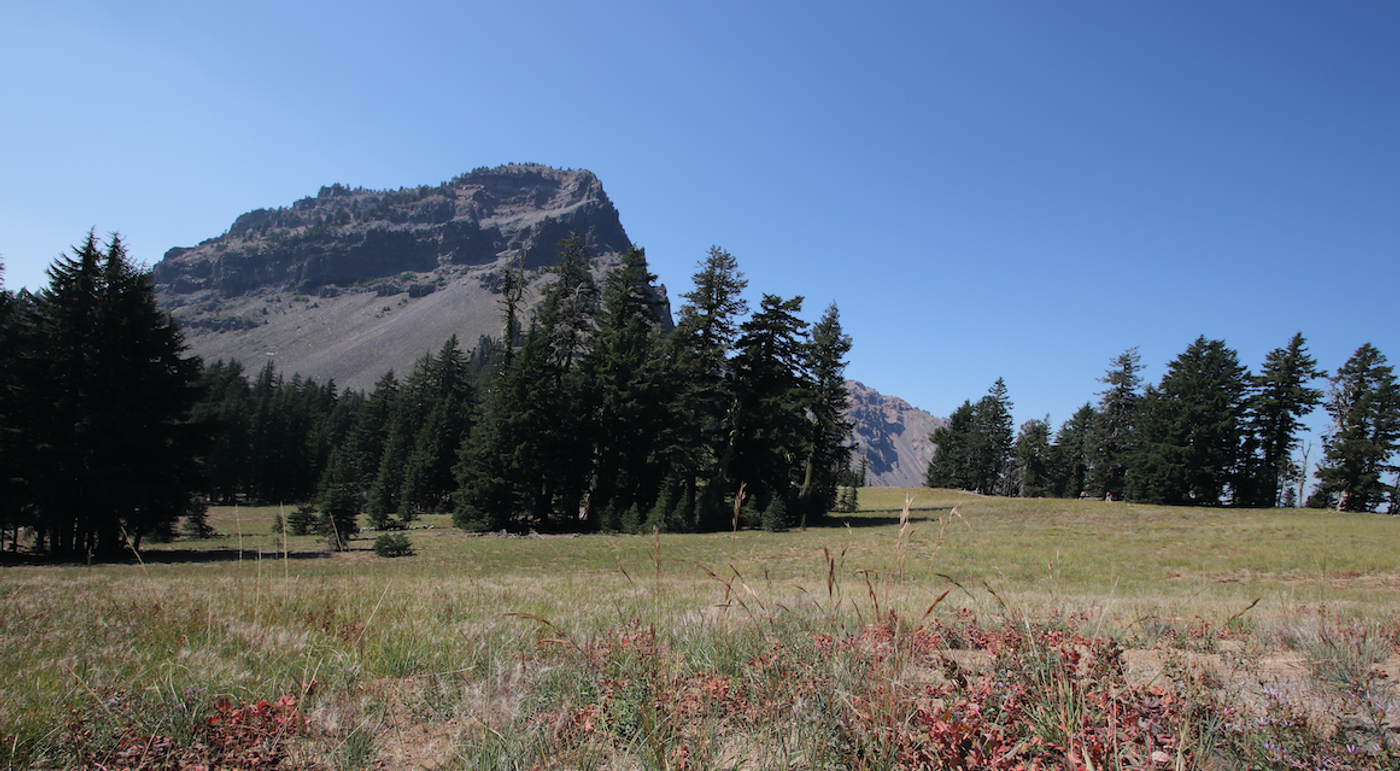Tree Rings Reveal a Previously Unknown Earthquake Risk for the Pacific NW
Earthquakes happen on faults, areas where two blocks of rock are fractured, and which allow movement to occur between the blocks. Faults might only be a few millimeters, or thousands of kilometers wide. They are classified by the angle of the fault and the direction of the movement, or slip. Shallow faults can cause earthquakes that are more severe than other types of quakes, especially when they affect areas with buildings that are not made to withstand the impacts of shaking.
Recent work has shown that shallow faults shook the western area of Washington State in an area known as the Puget Lowlands about 1,000 years ago. Tree rings were used to determine that these earthquakes happened around 923 CE. The study authors noted that if it has happened before, that also means it can happen again, in an area that is now home to more than 4 million residents and includes Seattle and Tacoma.
This ancient seismic event was caused by the simultaneous rupture of all the shallow faults in the area to generate an earthquake with an estimated magnitude of 7.8; or, back-to-back earthquakes that had 7.5 and 7.3 magnitudes, the researchers found. The findings have been reported in Science Advances.
Although the Pacific Northwest has been affected by other earthquakes, this research suggested that the shallow faults in the region have another connection, which could involve the transfer of stress from one to the other underground. First study author Bryan Black, an associate professor at the University of Arizona, noted that current hazard models don't include this possibility, and it should be incorporated.
In the 1960s, researchers began identifying shallow faults in the area, like the Seattle and Saddle Mountain faults. "These are four shallow faults that had shown evidence of having ruptured roughly 1,000 years ago in a cluster of earthquakes called the millennial cluster," Black said. For example, "a 25-foot cliff was thrusted into the air from west Seattle out to Puget Sound. It also triggered a local tsunami and landslides that stripped mountainsides of whole forests and discarded them into nearby lakes Washington and Sammamish."
Scientists have not known exactly when and how these faults were last active. But tree rings can provide clues. They add rings every year, and the width of those rings is affected by the climate; the thickness increases as the favorability of the climate improves. The year-to-year variation generates a pattern, like a bar code in trees within a certain area. These codes can be matched from dead trees to live trees, and when there is overlap between dead and live trees, the death date of trees can be established.
With this approach, the investigators revealed the fate of the trees in the Puget Sound area that died when the earthquake occurred.
In this work, a 1,300 year timeline was created from living but very old trees that were matched with trees that died in the earthquake. This showed that the dead trees died around late 923 or early 924 CE.
"If Saddle Mountain and Seattle faults went together it would be on par with the 1906 earthquake in San Francisco," Black said. "Or, like [recent] quakes in Turkey, they can also go at rapid succession. If that were the case, the infrastructure and landforms already weakened by one quake are then going to get the knockout punch with a second quake. It will still be quite destructive: thrusting up water mains, severing roads, triggering landslides and local tsunamis."
As quakes get bigger and more severe, they also become less frequent. So, although a similar earthquake would be devastating to the area, they are relatively uncommon.
Sources: University of Arizona, Science Advances









